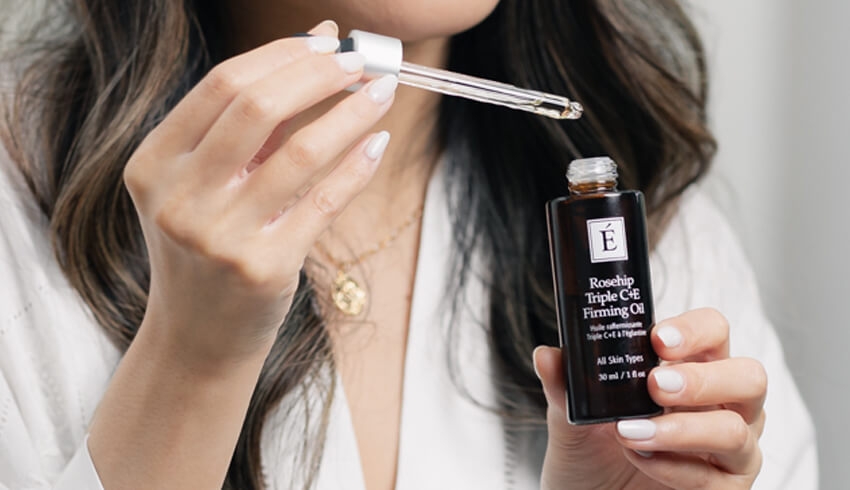
Mackerel tabby cat Toyger cat with stripes. Kutikova Ekaterina | Shutterstock.com
Did you know that there are multiple types of tabby cat patterns? Mackerel tabby cats are the most common and recognizable, with tiger stripes on their bodies. If you adopt a street or shelter cat, they’re very likely to be a mackerel tabby. While this pattern is very common in mixed-breed cats, it’s also seen in purebreds such as Maine Coons and Persians. Read on to discover seven mackerel tabby cat facts.
1. The Mackerel Is the Most Common Tabby Cat
There are five tabby cat patterns: classic tabby, mackerel tabby, spotted tabby, patched tabby, and ticked tabby. Mackerel tabbies are the most common, especially in mixed-breed cats. Spotted and classic tabbies are also quite common. Patched tabbies are more rare. Ticked cats are less common but can be seen in breeds like the Abyssinian and Chausie.
2. Mackerel Tabby Is Not a Breed—It’s a Pattern
Since cat breeds aren’t nearly as prevalent as dog breeds, there are many misconceptions about them. A tabby cat can be any breed or mixed breed. The tabby pattern is commonly seen in domestic shorthairs or domestic longhairs (the mutts of the cat world), but many different purebred cats come in tabby patterns, including mackerel tabby.
Mackerel tabbies have stripes or bands of darker fur on a lighter-colored coat. Their stripes stretch down their sides vertically, circle around their legs and tails, and also occur on the chest and face. They might also have “vest buttons,” which are darker bands of fur on their stomachs.
3. They Have an “M” on Their Heads
Mackerel tabby cat M on forehead. PicksArt | Shutterstock.com
You can identify any tabby cat, including mackerel tabbies, from the “M” on their foreheads, right above their eyes. Many myths surround the origin of this marking, such as the Islamic legend of tabby cat Muezza who saved the prophet Mohammed from a venomous snake. It’s said that all tabby cats going forward had the “M” marking to honor these two.
In Christian tales, Mary marked the tabby cat with its “M” after one tabby comforted Jesus as a baby. The scientific reason for the “M” marking is a gene that all cats have, but it tends to be more visible on tabby cats.
4. They’re Thought To Be the First Tabby Cat
It’s thought that mackerel tabbies inherited their stripes from their ancestors, African wildcats, and other types of tabbies stemmed from there. African wildcats still live in the wild today and are slightly larger than domestic cats.
The spotted tabby gene essentially breaks up a mackerel tabby’s stripes, which is why the spots are often quite uniform. Ticked and classic tabbies are also likely to be caused by selective breeding of mackerel tabbies. This leads some people to argue that mackerel tabbies should be the true “classic tabbies,” but for now classic tabby refers to the blotched (marbled) tabby pattern.
5. Mackerel Tabbies Were Once Connected to Witchcraft
In the 16th and 17th centuries, mackerel tabbies—specifically females—were associated with witchcraft. They were said to be magical and owned by witches. We still associate cats with witchcraft today, but typically it’s a black cat seen by a witch’s side or symbolizing bad luck.
6. Most Black Cats Have the Tabby Gene
A black cat with a faint M marking looks at the camera. Freddy Sky | Shutterstock.com
It’s common for cats to have both black and mackerel tabby genes since both genes are dominant, rather than recessive. This means that most black cats have the tabby gene, but it is hidden by their all-black coats. Black cats can be other types of tabby, but mackerels are the most common.
Your black cat’s pattern might be entirely hidden, or you might be able to see “ghost stripes,” which are faint tabby markings. Mackerel tabbies can also be blue (also known as gray), orange, buff, or brown, with or without white markings.
7. They’re Named After the Mackerel Fish
Mackerel tabbies are named after mackerel fish, and are sometimes called “fishbone tabbies.”
There are many species of mackerel, but some, such as the Atlantic mackerel, have vertical stripes down the sides of their bodies.
If you’re wondering about the “tabby” part of the name, it’s believed to have come from the name of a striped silk from Baghdad called attabiya. This translated to “tabis” in French, and eventually became the English word “tabby.”






